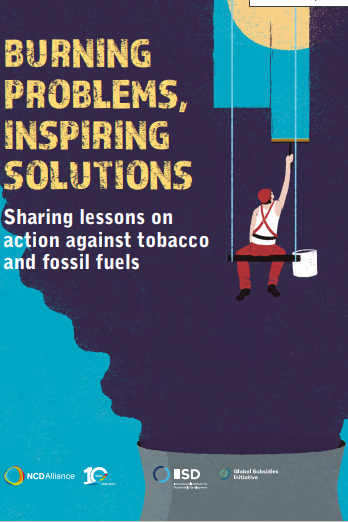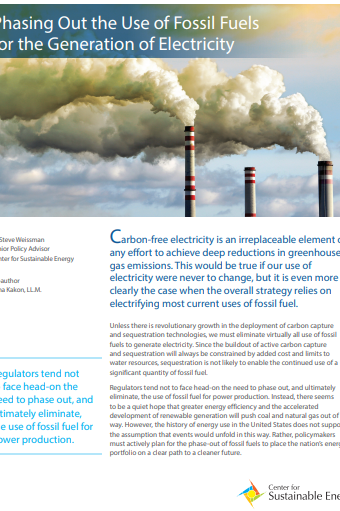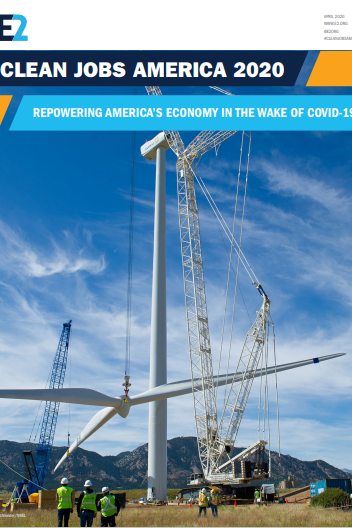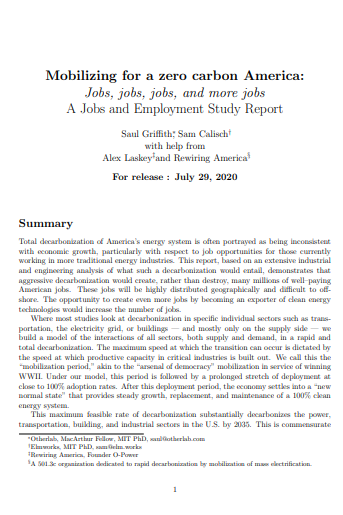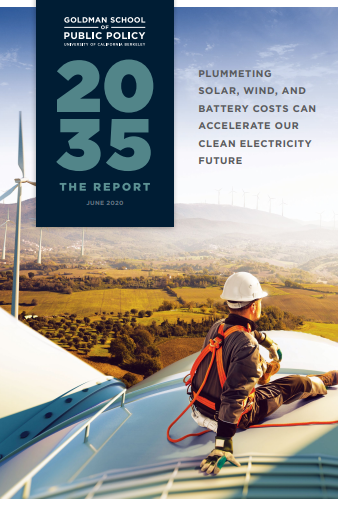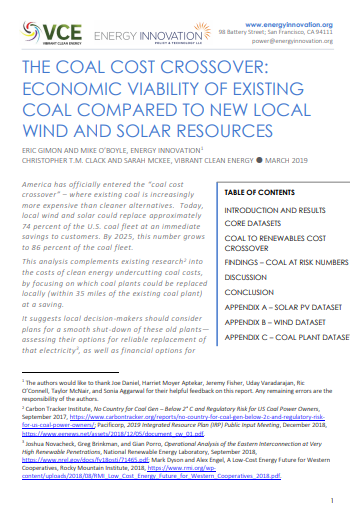Research
Fossil Fuel Solutions
We have the solutions we need to move away from fossil fuels. While many solutions are focused on the creation of clean energy, supply-side solutions are focused on banning fossil fuels. These reports dig into the complexities of phasing out fossil fuel use in the face of infrastructure lock-in and other challenges. The reports also utilize examples from other societal problems as a means to explore options for moving forward.
Resources
Coming soon!
Burning Problems, Inspiring Solutions
International Institute for Sustainable Development
We now know that toxic air pollution, largely caused by the burning of fossil fuels, seeps into every organ of the body. It even finds its way past the placenta into unborn babies. This pollution contributes to a wide range of debilitating chronic illnesses and causes over seven million premature deaths each year, with children the most endangered. Air pollution is now more deadly than tobacco smoking. Yet unlike smoking tobacco, the nine out of ten of us who are breathing toxic, health-damaging air do not do so by choice. Carrying on along this trajectory is irresponsible and absolutely unacceptable. We know we can tackle climate change and air pollution at the same time: it is an indisputable fact that addressing the causes of air pollution — made more feasible thanks to the exponentially declining costs of renewable energy and battery storage technology — results in immediate health benefits and helps preserve our future climate.
The case studies evaluated in this report offer compelling examples of mechanisms to restrict the production and consumption of fossil fuels, which must be achieved with absolute urgency.
Key Recommendations:
- Naming and addressing fossil fuels as the root cause of the problem, as was done with tobacco. This also involves raising awareness of the negative health effects (beyond the environmental ones), both locally and globally, of the burning of fossil fuels.
- Implementing government measures to regulate and curb the production and use of fossil fuels through the many instruments available, such as getting market prices right through subsidy reform, taxation measures and the introduction of measures banning the specific production and consumption of certain products.
- Defining adequate, fair and just transition plans away from unhealthy commodities, recognizing the needs of those groups dependent on oil, gas and coal, whether they be consumers or employees.
Phasing Out the Use of Fossil Fuels for the Generation of Electricity
Center for Sustainable Energy
Unless there is revolutionary growth in the deployment of carbon capture and sequestration technologies, we must eliminate virtually all use of fossil fuels to generate electricity. Since the build-out of active carbon capture and sequestration will always be constrained by added cost and limits to water resources, sequestration is not likely to enable the continued use of a significant quantity of fossil fuel.
Key Findings:
- Regulators tend not to face head-on the need to phase out, and ultimately eliminate, the use of fossil fuel for power production.
- Many refer to natural gas as a bridge fuel for power plants, intended to help cut greenhouse gas emissions as compared to the use of coal while we strive to bring down the cost of renewable power and speed its introduction. However this may have unintended consequences.
- The essence of carbon lock-in is that, once certain carbon-intensive investments are made, and development pathways are chosen, fossil fuel dependence and associated carbon emissions can become locked in,’ making it more difficult to move to lower-carbon pathways and thus reduce climate risks.
Levelized Cost of Energy
Lazard
Lazard has conducted this analysis comparing the LCOE(Levelized Cost of Energy) for various conventional and renewable energy generation technologies in order to understand which renewable energy generation technologies may be cost-competitive with conventional generation technologies, either now or in the future, and under various operating assumptions. We find that renewable energy technologies are complementary to conventional generation technologies, and believe that their use will be increasingly prevalent for a variety of reasons, including to mitigate the environmental and social consequences of various conventional generation technologies, RPS requirements, carbon regulations, continually improving economics as underlying technologies improve and production volumes increase, and supportive regulatory frameworks in certain regions.This analysis does not take into account potential social and environmental externalities or reliability-related considerations.
Key Findings:
- Renewable energy technologies are complementary to conventional generation technologies, and the report predicts their use will be increasingly prevalent.
- In some instances, the capital costs of renewable energy generation technologies have converged with those of certain conventional generation technologies, which coupled with improvements in operational efficiency for renewable energy technologies, have led to a convergence in LCOE between the respective technologies.
- Certain renewable energy generation technologies are already cost-competitive with conventional generation technologies.
- A key factor regarding the continued cost decline of renewable energy generation technologies is the ability of technological development and industry scale to continue lowering operating expenses and capital costs for renewable energy generation technologies.
Clean Jobs America 2020
E2
This analysis expands on data from the 2020 U.S. Energy and Employment Report (USEER) produced by the Energy Futures Initiative (EFI) in partnership with the National Association of State Energy Officials (NASEO), using data collected and analyzed by the BW Research Partnership. Overall, clean energy jobs across the country grew by slightly more than two percent in 2019, slower than its nearly four percent growth in 2018. Jobs in renewable energy grew more than three percent, led in part by a rebound in solar jobs. Clean energy storage and grid modernization jobs increased four percent—faster than any other sector—while clean vehicle employment declined by about two percent after a 17 percent jump in 2018. Energy efficiency remains the single biggest sector of the clean energy economy, growing over two percent in 2019 and adding the most net new jobs (54,000) across the entire energy sector.
Key Findings:
- While construction and manufacturing accounted for the most clean energy jobs in the U.S. economic value chain in 2019, more than 1.1 million other clean energy workers are employed across agriculture, trade, distribution and transportation, professional services and more.Those jobs alone employed as many workers as the entire fossil fuel sector in 2019.
- In 2019, clean energy employed a record 2.25 percent of U.S. workers nationwide, including more than 3 percent of workers in seven states.
- More than 106,000 clean energy workers lost their jobs in the month of March alone, wiping out all the job gains in renewable energy, energy efficiency, clean vehicles and other clean energy sectors in 2019, according to an analysis of unemployment data by BW Research for E2.
Jobs Report
Rewiring America
Based on an extensive industrial and engineering analysis, our new report demonstrates that an aggressive national commitment to electrify all aspects of our economy would create up to 25 million good-paying American jobs over the next 15 years and 5 million sustained jobs by mid-century. This is the first analysis of the job opportunities that would result from a rapid and total decarbonization of the economy as a whole. Unlike other approaches, which tend to see climate change policy as primarily environmental in nature, the study also imagines the electrification of America as fundamentally infrastructure designed to power America and its economy in the 21st century.
Key Findings:
- Based on comprehensive and granular research, the new study finds that in practice such a transition can create up to 25 million jobs in the near-term. This transition will also create an estimated 5 million jobs sustained over time, which is roughly double the number of jobs supported by today’s energy industry.
- To meet the challenges of climate change the U.S. needs to move aggressively to transition away from an energy system rooted in fossil fuels to one almost wholly reliant on clean electricity. That means both upgrading how power is generated and transmitted across the grid and aggressively electrifying heating and cooling equipment in buildings and engines in vehicles.
- The study also addresses the economics of a Maximum Feasible Transition, finding that, even though meaningful amounts of capital will need to be invested, the efficiencies associated with electrification will end up saving the average household up to $2,000 per year in reduced energy costs.
- The transition can be done using existing technology and American workers. Indeed, work such as retrofitting and electrifying buildings will by necessity have to be done by American workers in America. No outsourcing. The jobs will be created in a range of sectors, from installing solar panels on roofs to electric vehicles to streamlining how we manufacture products. They will also be highly distributed geographically. Every zip code in America has hundreds, if not thousands, of buildings ripe for electrification in the years to come.
- While government investment will be critical to the transition, private capital also has a large role to play. The study estimates the government’s share of overall costs to be about $300 billion per year for 10 years for an approximate total of $3 trillion, mostly in the form of loans and/or loan guarantees to spur lending, akin to similar loan systems that the government has created in the past.
- Creating 25 million jobs turns out to be similar in size and scope to the mobilization of the U.S. Industry for World War II. America has done this before and we can do it again.
2035 Report
Goldman School of Public Policy
University of California Berkeley
Global carbon emissions must be halved by 2030 to limit warming to 1.5°C and avoid catastrophic climate impacts. Most existing studies, however, examine 2050 as the year that deep decarbonization of electric power systems can be achieved—a timeline that would also hinder decarbonization of the buildings, industrial, and transportation sectors. In light of recent trends, these studies present overly conservative estimates of decarbonization potential. Plummeting costs for wind and solar energy have dramatically changed the prospects for rapid, cost-effective expansion of renewable energy. At the same time, battery energy storage has become a viable option for cost-effectively integrating high levels of wind and solar generation into electricity grids. This report uses the latest renewable energy and battery cost data to demonstrate the technical and economic feasibility of achieving 90% clean (carbon-free) electricity in the United States by 2035. Two central cases are simulated using state-of-the-art capacity expansion and production-cost models: The No New Policy case assumes continuation of current state and federal policies; and the 90% Clean case requires that a 90% clean electricity share is reached by 2035.
Key Findings:
- The 90% clean grid avoids $1.2 trillion in health and environmental damages, including 85,000 premature deaths, through 2050.
- The 90% clean grid is dependable without coal plants or new natural gas plants. Electricity costs from the 90% clean grid are lower than today’s costs.
- The 90% clean grid avoids $1.2 trillion in health and environmental damages, including 85,000 premature deaths through, through 2050.
- To achieve the 90% Clean case by 2035, 1,100 GW of new wind and solar generation must be built, averaging about 70 GW per year (Figure ES-4). Recent U.S. precedents for natural gas and wind/solar expansion suggest that a renewable energy buildout of this magnitude is challenging but feasible. New renewable resources can be built cost-effectively in all regions of the country.
- The 90% Clean case supports a total of 29 million job-years cumulatively during 2020–2035. Employment related to the energy sector increases by approximately 8.5 million net job years, as increased employment from expanding renewable energy and battery storage more than replaces lost employment related to declining fossil fuel generation.
The Coal Cost Crossover
Energy Innovation and Vibrant Clean Energy
America has officially entered the “coal cost crossover” – where existing coal is increasingly more expensive than cleaner alternatives. Today, local wind and solar could replace approximately 74 percent of the U.S. coal fleet at an immediate savings to customers. By 2025, this number grows to 86 percent of the coal fleet. The research suggests local decision-makers should consider plans for a smooth shut-down of these old plants— assessing their options for reliable replacement of that electricity, as well as financial options for communities dependent on those plants. Ultimately, this report begins a longer conversation about the most cost-effective replacement for coal, which may include combinations of local or remote wind, solar, transmission, storage, and demand response.
Key Findings:
- Coal currently makes up just 28 percent of total U.S. power generation, down from 48 percent in 2008. Renewable energy, meanwhile, now account for 17 percent of electricity generation.
- Existing coal is increasingly more expensive than cleaner alternatives. Today, local wind and solar could replace approximately 74 percent of the U.S. coal fleet at an immediate savings to customers.
- By 2025, local wind and solar could replace 86 percent of the coal fleet.
- This analysis complements existing research into the costs of clean energy undercutting coal costs, by focusing on which coal plants could be replaced locally (within 35 miles of the existing coal plant) at a saving.
- The National Academies estimated that in 2005, U.S. coal generation alone caused at least $62 billion in non-climate related damages. Coal’s remaining rationale was that it was cheap if externalities weren’t included, but even that rationale is vanishing. Our report shows that coal is increasingly uneconomic against new local wind and solar resources.

